
Masai Mara Safari
A Masai Mara Safari is most certainly one of the most quintessential safari experiences one can plan for in one’s lifetime. The vast open plains scattered with the “Umbrella Thorn’s” in the distance with a few giraffes reaching from below the highest branches to reach the newest and greenest leaves, is what safari dreams and memories are made of.
To plan your Masai Mara safari it is important to know that the Masai Mara, also known in short as just the Mara in Kenya, is essentially a year-round destination with pretty good game viewing all year round. Considering two major factors when planning your Masai Mara safari revolve around the rainy seasons and the Great Wildebeest Migration.
Kenya, where the Mara is located, is also known as the birthplace of safari.
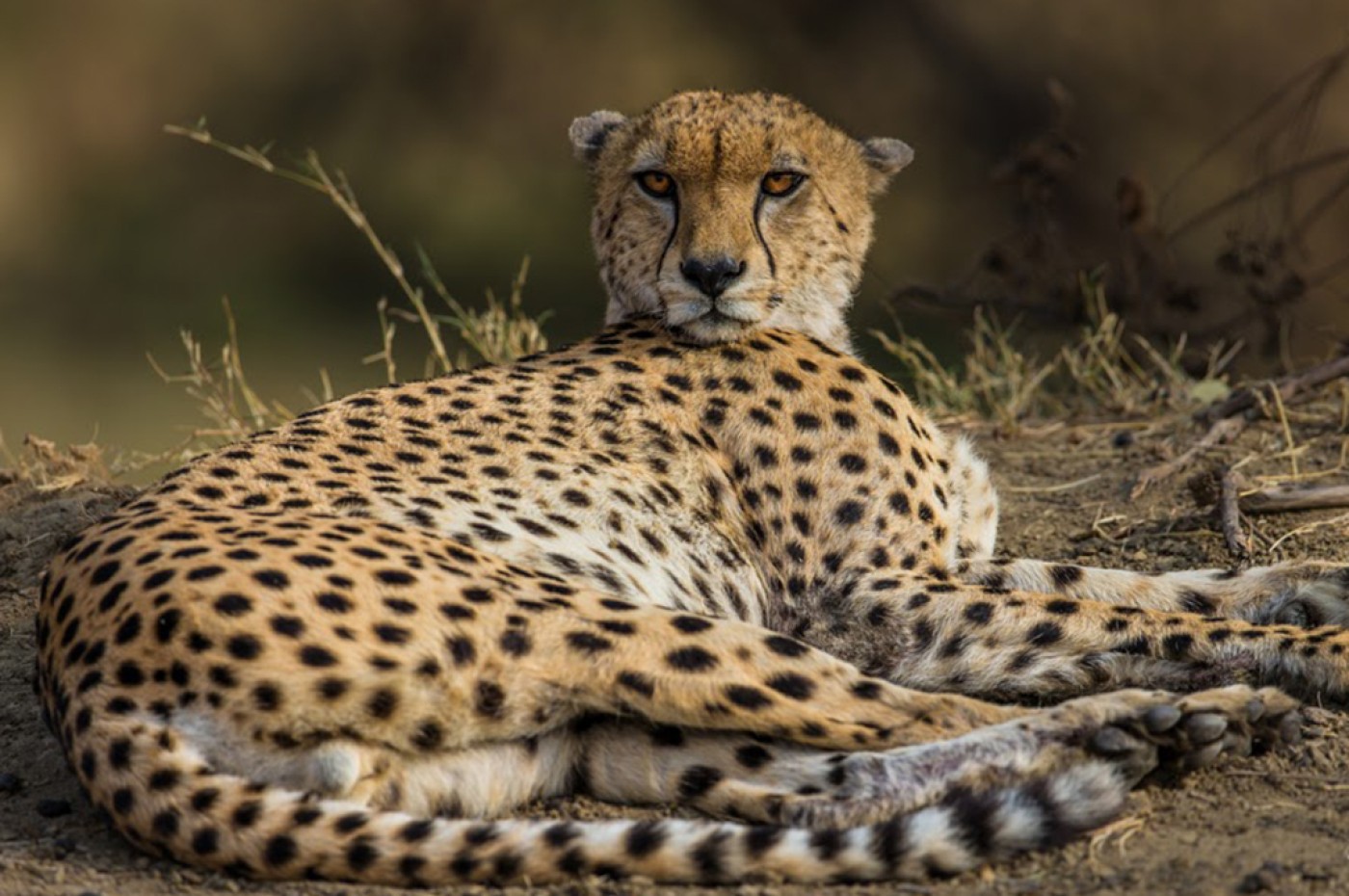

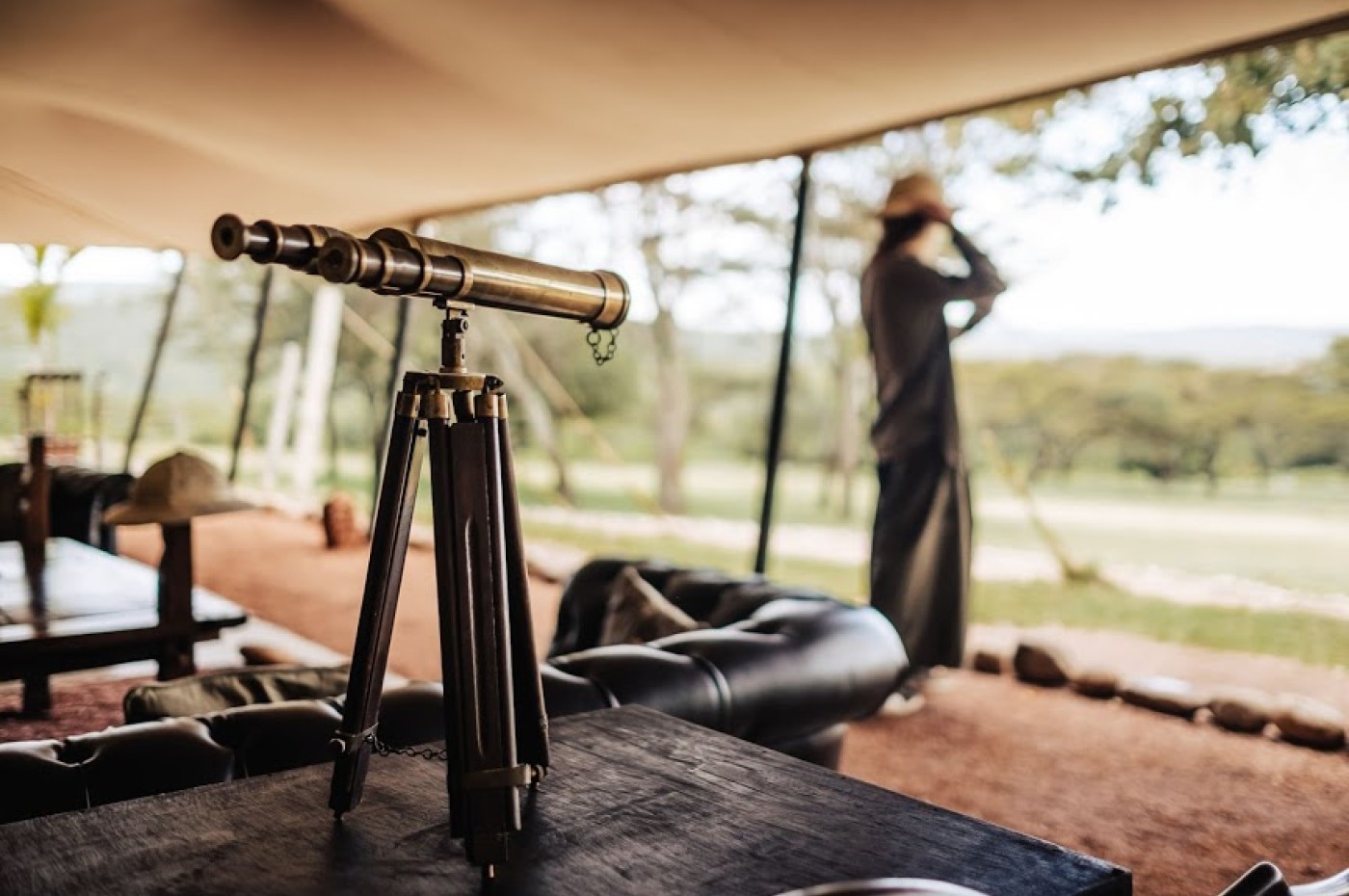


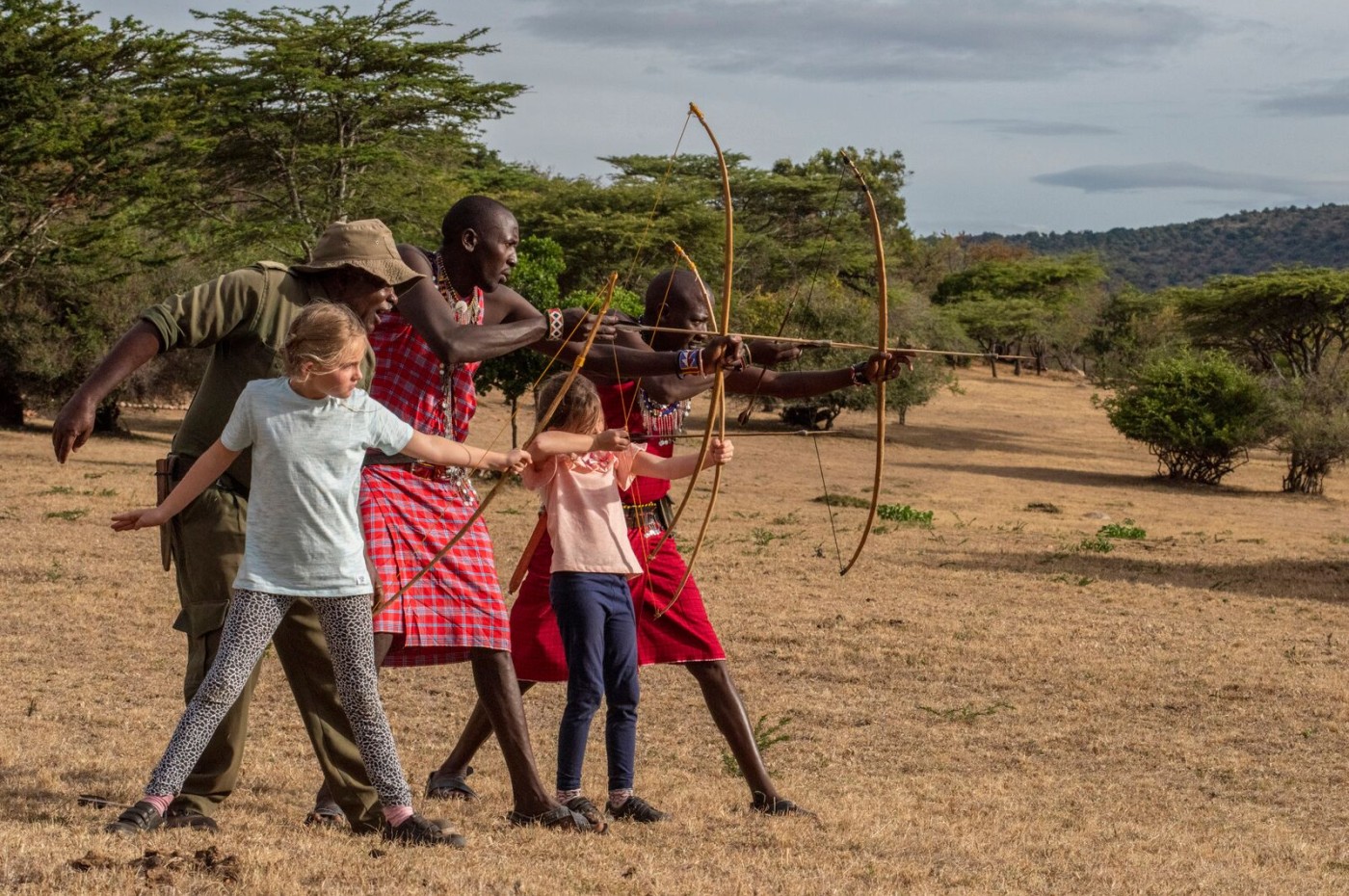

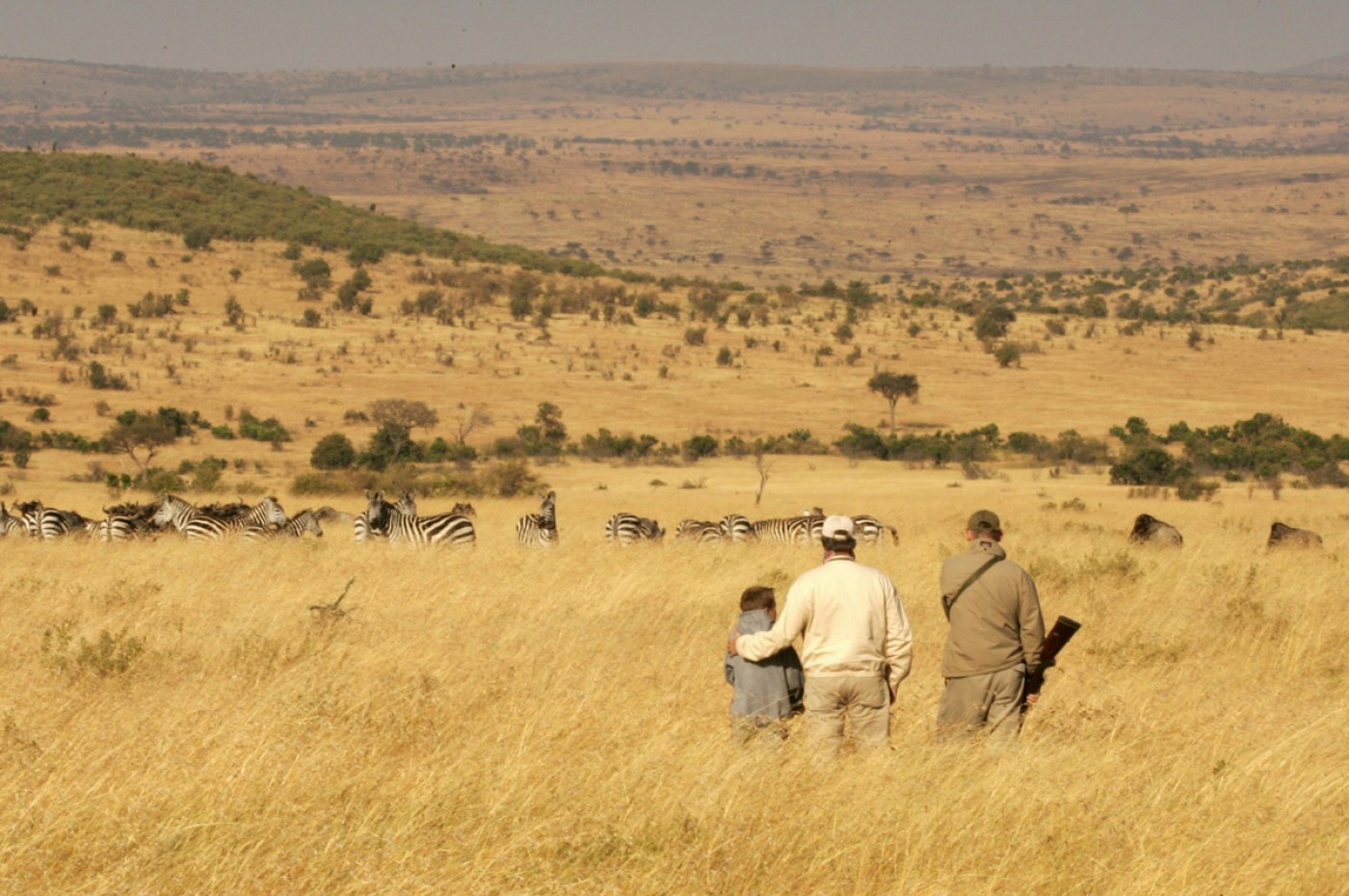


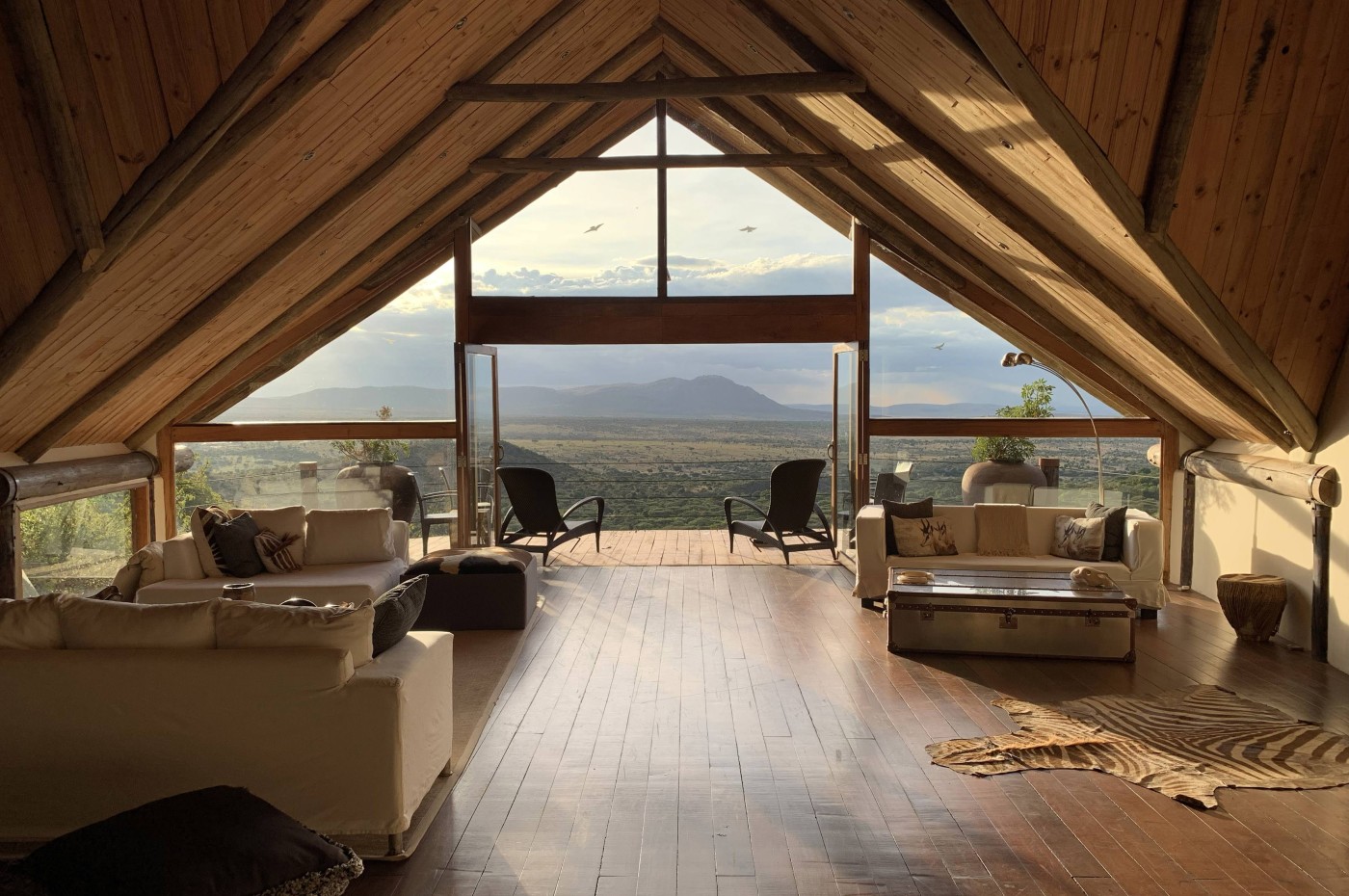

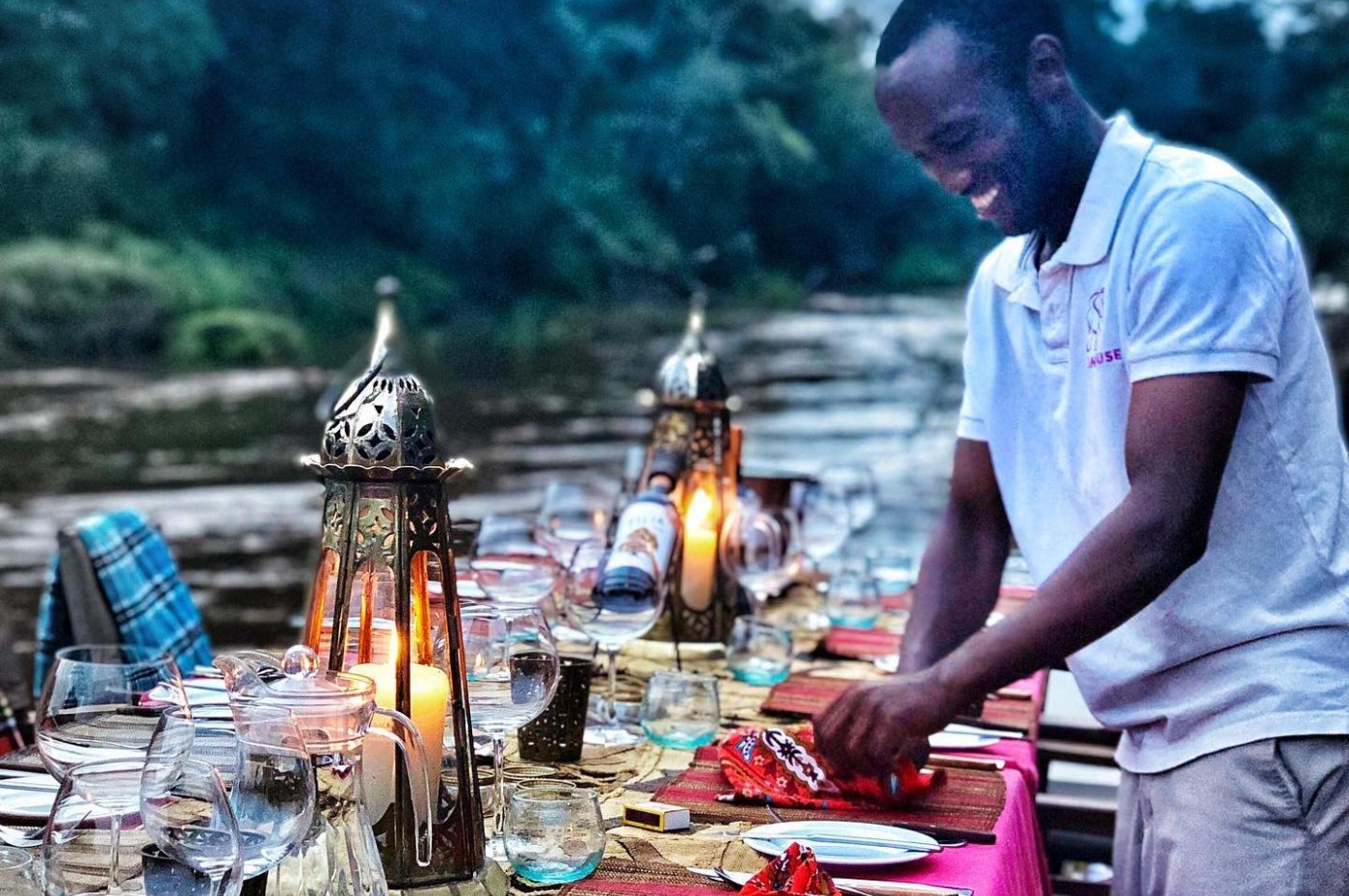






House in the Wild, Masai Mara, Kenya

House in the Wild, Masai Mara, Kenya

House in the Wild, Masai Mara, Kenya

House in the Wild, Masai Mara, Kenya

House in the Wild, Masai Mara, Kenya

House in the Wild, Masai Mara, Kenya
When is the rainy season?
There are two rain seasons to consider when planning your Masai Mara safari:
The “short” rains typically fall in the November period of the year. Usually, they are afternoon showers that just help to settle the dust a little. These rain showers are often short-lived and do not carry on for days, which means the terrain still stays relatively dry but refreshed.
The “long” rains normally fall over the April - May period annually and this is when the seasonal rivers come back to life and all the natural pools and springs are replenished. This period is also called the “green season”.
The Great Wildebeest Migration
This amazing natural spectacle arrives in the Mara around July and early August and comes in from the southern located Serengeti National Park in Tanzania. The herd of over 1.2 million animals arrives, moves around this national reserve for September and October, and starts moving south back to Tanzania towards the middle of November.
Your safari would not be the same without seeing the Great Wildebeest Migration and we at Journey’s Intent will always make sure that your Masai Mara safari will include the opportunity to see this unforgettable sight.

The best time to plan your Masai Mara safari holiday
The travel specialists at Journey’s Intent firmly believe the best time would be around the dry season, July to the middle of November. Many people prefer to arrive in one country and spend their entire safari in one destination, and this is entirely possible when you plan to be in Kenya from July to Mid-November.
The climate is still pretty pleasant with July through to the end of August being winter, nice and cool with little rain. Spring arrives in September, but scattered rain showers only really start in November when the short rains kick off. But the temperatures are still cool and pleasant.
Masai Mara photographic opportunities
Apart from the dry season as mentioned above is the best time to travel, the “green” season for a Mara safari can deliver some incredible photographic opportunities
The Mara, in general, is a pretty much all-year-round destination with some incredible resident game populations.
During the “green” season the rain is prolific, with loads of green grass and food around which means that all the mammals are giving birth, summer-migratory birds are around and flowers are in full blossom. With the abundance of food, there is also a lot of predator-prey interaction.
One would be able to watch the entire circle of life on a safari if you are at the right place at the right time.
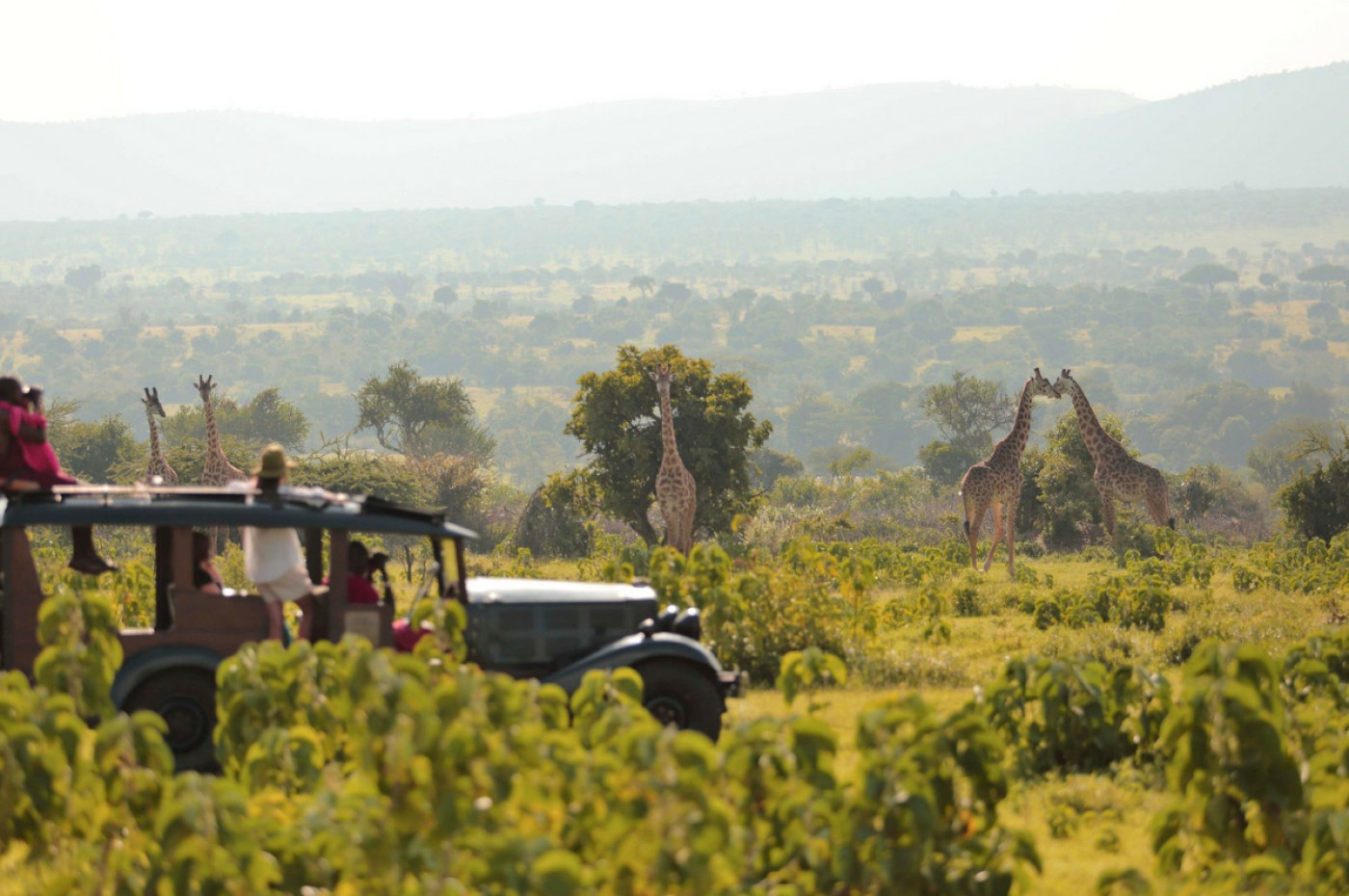
Game viewing on a Masai Mara safari
The 580 square miles Kenyan reserve is home to a large variety of species which ranges from the big 5 to a few varieties of remarkable antelope species like the Coke’s Hartebeest and the breathtakingly beautiful Masai Giraffe. There are over 470 species of birds with about 12% of that number made up of a variety of birds of Prey.
At Journey’s Intent, we strongly recommend that when you pack for any safari, do remember a good pair of binoculars to spot the game and the amazing birdlife along the way. The Great Wildebeest Migration causes a biomass explosion when the herds arrive in the Mara in July.
The highlight of your safari in the Mara would be in viewing the explosion of animals, with wildlife to be seen in surprisingly high densities.

House in the Wild, Masai Mara, Kenya
Where to stay for your Masai Mara safari
When you plan your safari anywhere in Africa, one of the questions you should ask yourself should be: “Do I want to share my wildlife experience with a lot of other tourists? Or do I want my Masai Mara safari to be exclusive?”
Exclusivity comes with a price, and if you want to have a more affordable experience, be prepared to share it with many other tourists in their safari vehicles.
There is a myriad of accommodation options within the Mara itself as well as its surrounding unfenced privately managed wildlife concession areas. The rule of thumb is that the central area of the Mara is generally the most crowded, especially during the Great Wildebeest Migration, with numerous lodges and larger hotels. The section of the Mara that lies to the east also caters to larger groups in bigger establishments.
The surrounding private concessions offer more exclusive experiences in the north and also enable you to do a larger variety of activities, which includes walking and more active experiences. The lodges in these concessions and often luxurious and smaller than the more central- and eastern-located hotels. The experience is more exclusive and there will be a lower density of safari vehicles in these areas.
If you opt to stay in one of the northern private concessions, you can spend the entire day within this private area and see very little other tourist activity. You could also discuss with your guide to go to the central area to see other parts, know that you will share the day with a few more tourists in their vehicles, but when the day is done, go back to your little private corner of the Masai Mara.

A typical Mara safari itinerary
Whether you are planning to travel to Kenya for your Honeymoon safari, a family safari, or as part of your annual holiday, there is a variety of ways to include the Masai Mara into your safari plans. 10 days is the minimum we recommend for your safari.
As a norm, a Mara safari experience forms part of a larger itinerary. For the one-county visitors, including the northern conservation areas like Laikipia and Samburu into the itinerary makes for a pretty diverse Kenya safari experience. The Laikipia and Samburu region of Kenya is a lot drier and you would have the opportunity to also see a few mammal species that you cannot see in the southern regions of Kenya. Species like the Fringed Eared Oryx and Grevy’s Zebra grazing alongside some rhinos.
This region has a lower wildlife density and the biomass is less diverse. Horseback riding in Laikipia is very popular and a must-do if you are a horseback riding enthusiast. At Journey’s Intent, we would plan that you go to this area first, and see the unique habitat and its wildlife. It is a great way to start your safari. The Mara follows and is the grand finale, as you will not see the volume and diversity of wildlife in any other place in Kenya. Have a look at this standalone Kenya safari itinerary.

Cross border safari itineraries
Depending on the time of year, we often combine more than one country to complete your safari itinerary. We sometimes suggest a Kenya and Uganda combination safari. This way you get to see the big 5 and combine it with a Gorilla safari experience. This is one of our favorite combinations. Have a look at this itinerary if this is a combination that could interest you. Seeing the Mountain Gorillas in Bwindi Impenetrable forest was one of the most enriching experiences of my life. A must-do for any first-timers and definitely a must-see for the safari veterans out there.
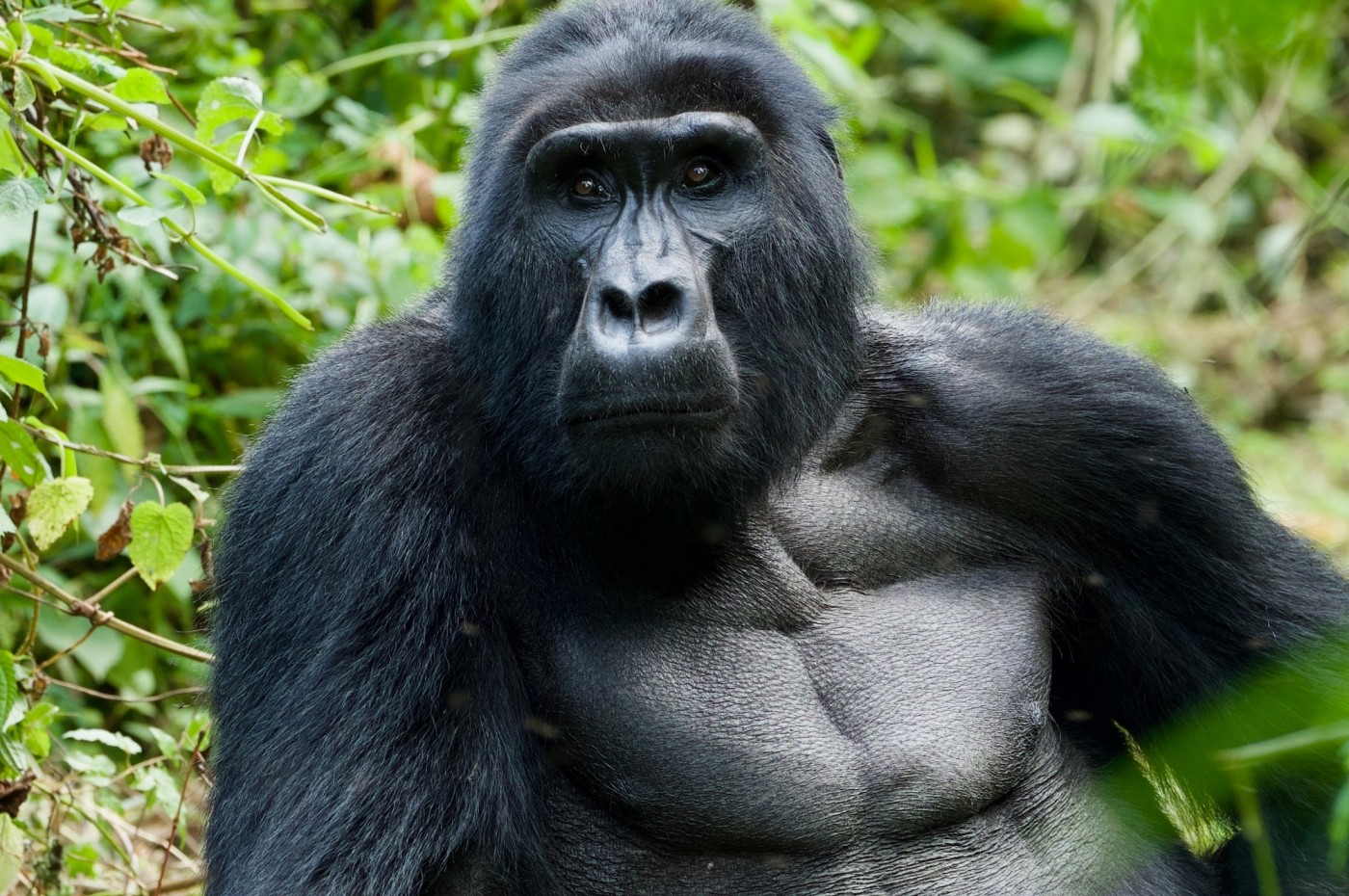
At Journey’s Intent, we also love the safari combination of Tanzania and Kenya. The itinerary would have you start in Tanzania, visit Ngorongoro, see the Serengeti and finish with the Mara and depart from Nairobi. We suggest this itinerary when the Great Wildebeest Migration is in the Southern reaches of the Serengeti, Tanzania, from December to March. We recommend you start in Tanzania as the flow of the itinerary and destination builds towards the highlight of seeing the Great Wildebeest Migration and the Masai Mara towards the north.
The old saying goes, “The devil is in the detail” and at Journey’s Intent, we will help you plan your Masai Mara safari to ensure you have the maximum exposure to some of the best wildlife viewing that Kenya and the rest of East Africa has to offer. Whether it is a Kenya standalone itinerary or a combination, cross border itinerary with Uganda or Tanzania, contact us to help plan your safari.

Wayo Walking Safari Camp, Serengeti, Tanzania